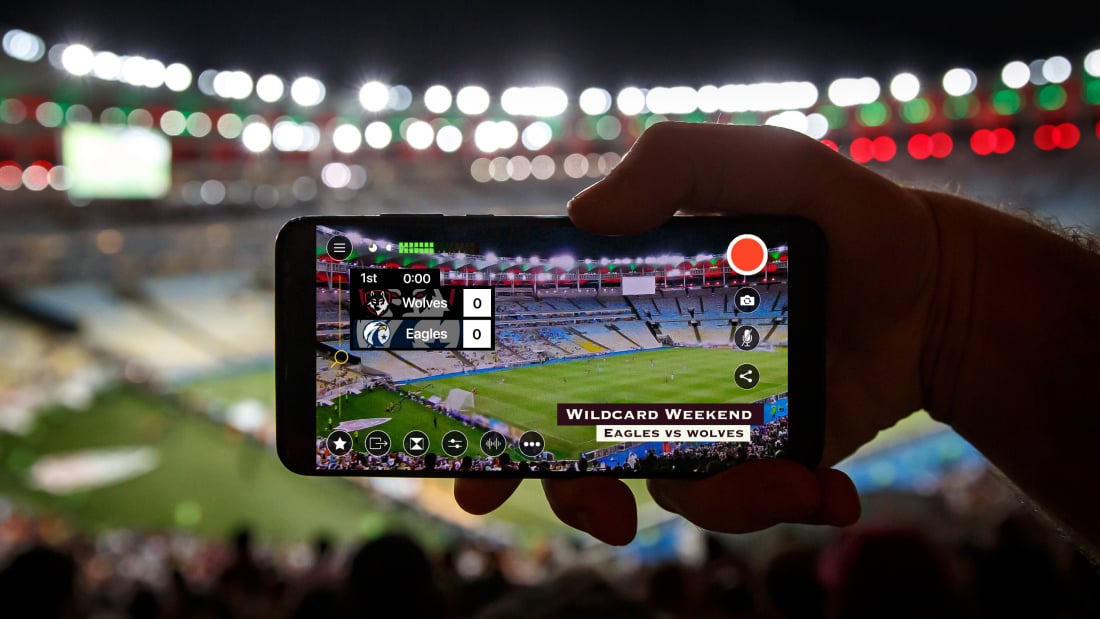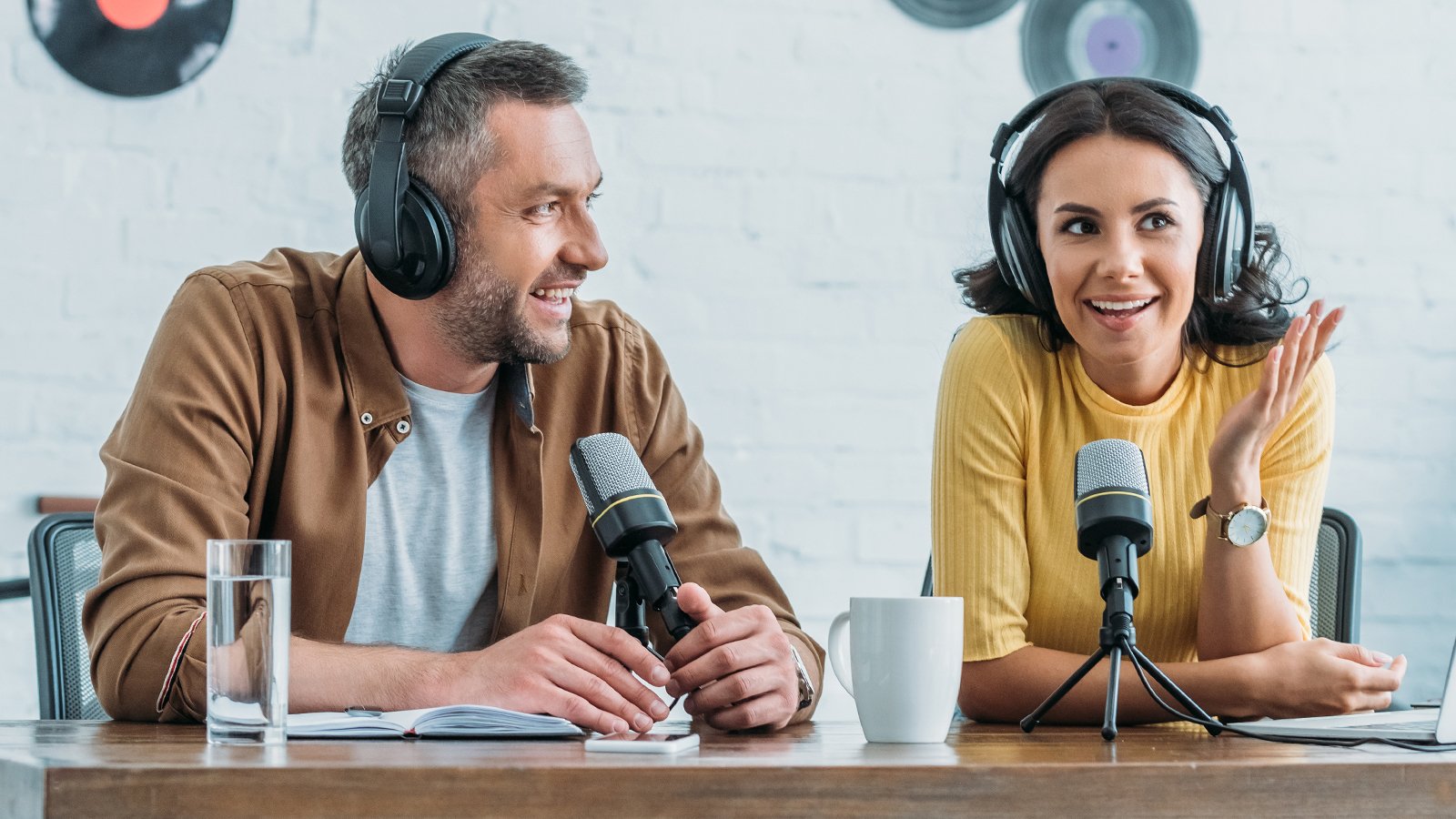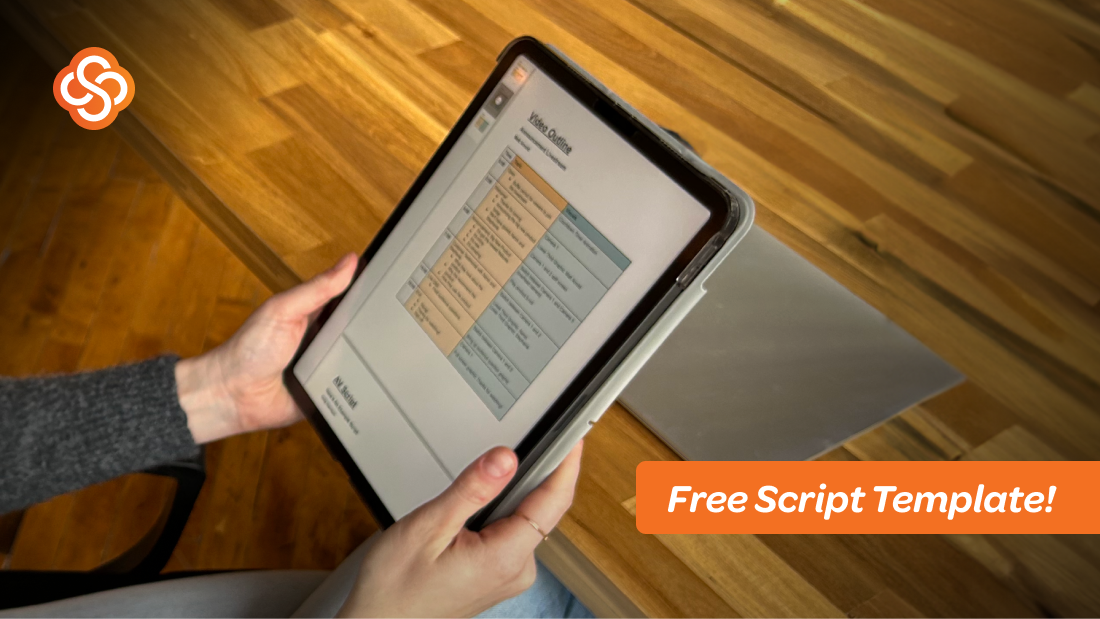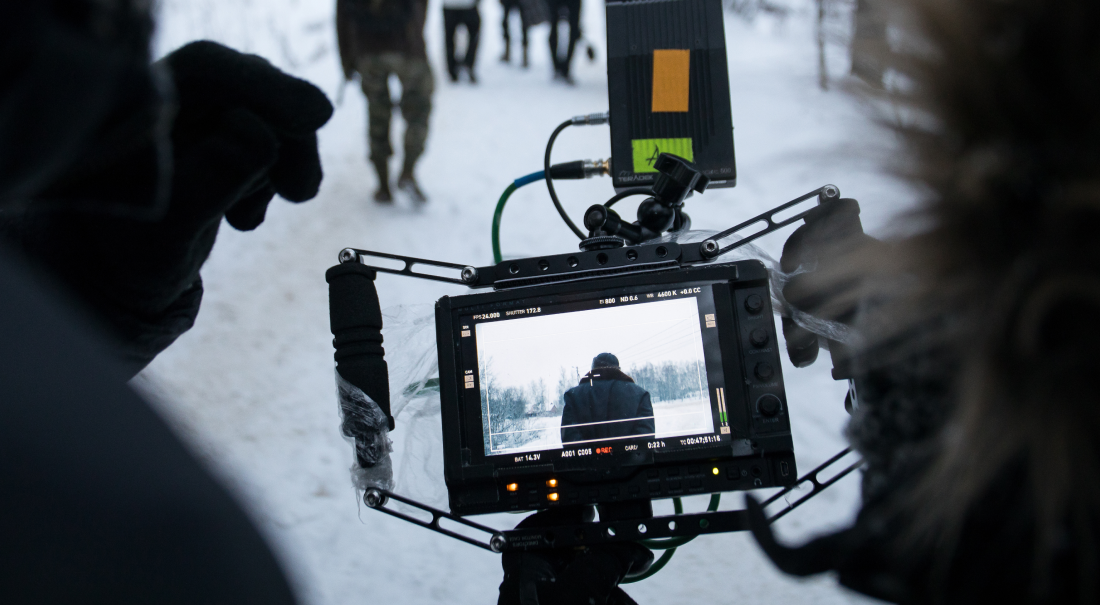
Radio stations are facing more online competition than ever before. Streaming services like Spotify and Pandora provide music lovers with infinite options, and podcasts provide an inexhaustible number of talk shows on even the most niche of topics. And that doesn’t even include on-demand video services, news subscription sites, digital books and audiobooks, and all the stuff our friends post on social media. Channels abound, content abounds, and competition for audience attention is steep.
Radio content, now on video
Some savvy stations are rising to the challenge by repurposing their traditional radio content into live online video content. By livestreaming their radio shows, stations are able to reach more people in a new medium and on new platforms — catering to audiences’ specific consumption preferences.
NPR, for instance, streams portions of their radio shows on Facebook Live nearly daily. They’ve used the platform to grow their audience, expand their storytelling skills, and interact with audiences in real time.
“Live, interactive video with live comments gives us an opportunity to connect our audience more deeply to our journalists and the stories we want to tell,” writes NPR video producer Kara Frame. “Live video puts faces to NPR voices and allows us to take audiences to locations with trusted guides. We’ve been able to listen to and learn from our audiences, and in this way, we think the live experience supports our public media mission.”
But live video isn’t just for enormous radio organizations like NPR and Corus. Local radio stations and shows like Black Country Radio and The Modern Eater have also embraced the medium as a way to expand their reach and their content.
Why live video benefits radio stations
For radio stations or hosts considering adopting live video, here are a few perks to consider:
- Live video lets you repurpose existing content: Livestreaming while broadcasting gives you an entirely new piece of social video content without additional content creation time.
- Live video lets you remonetize existing content: Whether you want to include your traditional radio ads in your livestream, roll in video commercials, or display sponsors’ logos or graphics, a new medium means a new way to monetize. You can even include your live show in your media kit as a unique sponsorship opportunity.
- Live video has no barrier to entry: If you have a smartphone, an internet connection, and a social profile for your station or show, you can start livestreaming with zero financial investment.
- Live video provides interaction with listeners: Real-time commenting from your audience can bring a whole new level of engagement to your content. No longer is audience input limited to that of a handful of callers.
- Live video can increase reach and audience loyalty: A new platform means expanded reach — and the ability for audiences to see hosts as well as hear them can build familiarity.
- Live video works on the road: Since livestreaming can be fully mobile, it also works alongside your remote broadcasts at special events or in the community.
- Live video shows a new perspective: Whether you want to give listeners a closer look at your station, your studio, or an off-site event, live video lets them literally see what’s going on.
Content that works well for live video
In addition to repurposing existing content, live video gives you the opportunity to create engaging new content that builds familiarity with your hosts, show, or station. Here are a few types of live video content that work great for radio stations:
- AUA: Host a live ask-us-anything session that encourages audience members to engage with you in real time. It’s not only great content — it’s also a stellar market research opportunity.
- Watch party: Start a live video during which your personalities will respond in real time to some cultural event they’re watching — whether it’s the CMAs or the State of the Union. Audience members who are also watching can chime in with their feedback in the comments. (This idea is not to be confused with Facebook’s built-in Watch Party feature, which lets you invite users on the site to watch a Facebook video with you.)
- Pre-show or after-show: Go live before or after your radio broadcast to build excitement, provide exclusive content, and get feedback from audience members.
- Behind-the-scenes: Take audiences on a tour of your studio, station, or offices — or go behind the scenes of a community event.
- Artist interview: Stream an exclusive artist interview to drive traffic to your Facebook page or website.
Copyright concerns for radio stations using livestreaming
It’s worth mentioning that you need to take copyright into consideration before you start livestreaming. Having rights to play something over the airwaves does not necessarily mean having rights to play it in a Facebook video, which is one reason why live video is a better fit for talk shows than music. In their live video best practices, Facebook reminds streamers that their video content must comply with the site’s Statement of Rights and Responsibilities:
“This includes only broadcasting content for which you own and/or control all rights (or have obtained all necessary licenses/permissions to such rights), globally, including rights in any sound recordings or musical compositions included in the video and any performers appearing in it.”
Facebook can cut your stream short if they detect that you’re streaming copyrighted content without permission, so do your homework ahead of time to make sure you’re not breaking any of their terms.
Choosing a platform for livestreaming your radio content
We’ve primarily discussed Facebook Live here because many radio personalities and stations already have existing Facebook pages and audiences, but there are numerous other platforms available for livestreaming, including YouTube, Twitter, and Instagram, among others. Some radio stations also stream directly to their own websites, thereby increasing their traffic and retaining greater control over the user experience.
There’s no right or wrong place to livestream your radio show — it just depends on your goals and audience. For a more detailed breakdown of two of the biggest streaming platforms, check out our post on choosing between Facebook and YouTube for live video.
And for a more in-depth look at how several specific radio stations have implemented live video — producing more than 3,000 live videos in less than two years — check out our case study with Corus Radio.
Subscribe to the blog
Sign up to receive notifications whenever a new blog post is published. You may unsubscribe at any time.

Share
About the Author

As Switcher's content strategy manager, Kate strives to answer the questions of new and expert livestreamers alike. She has spent her career in digital marketing and content strategy and now funnels that experience into helping others plan and create their own video content.
All posts by Kate Brannen Smith

